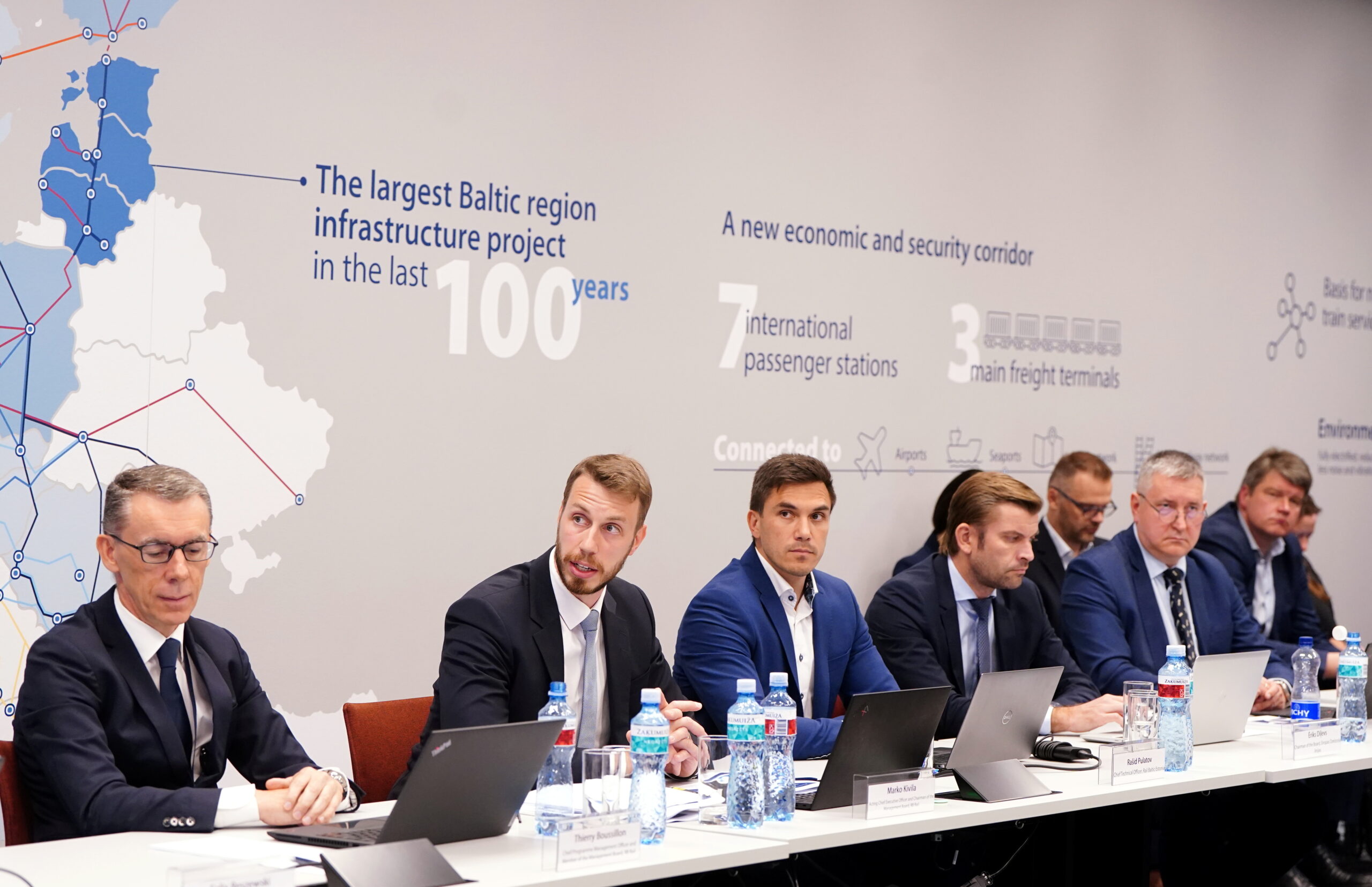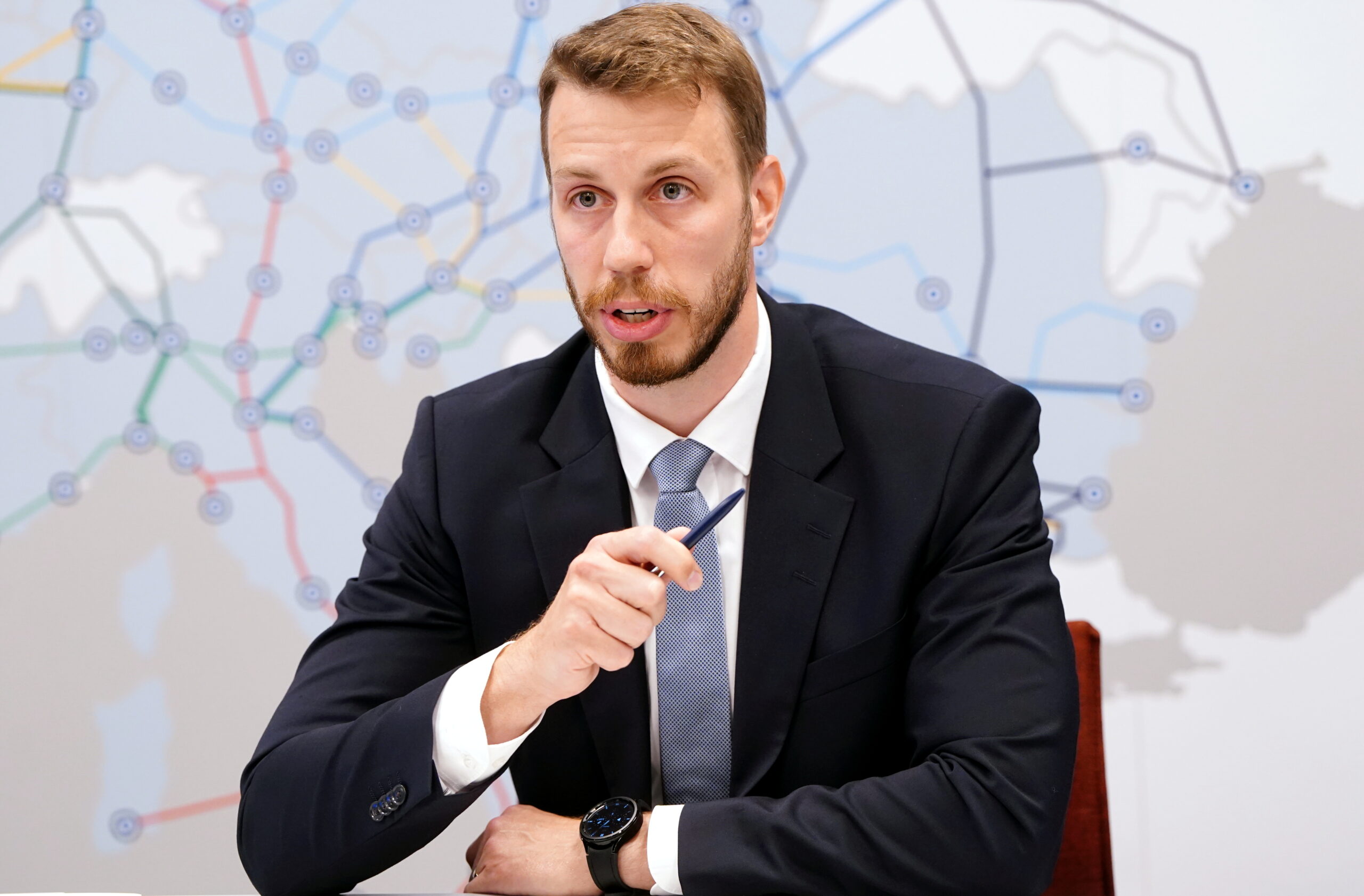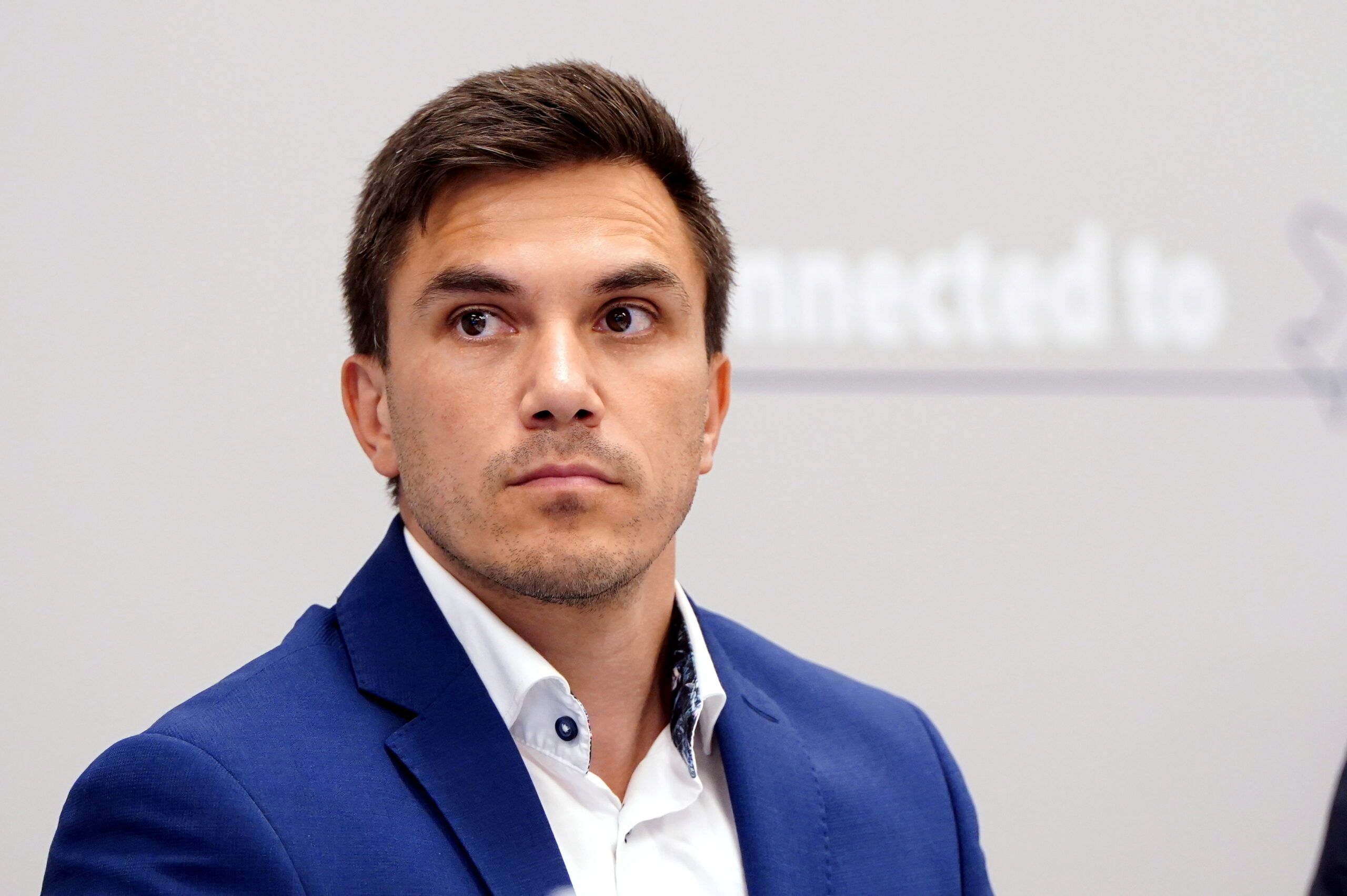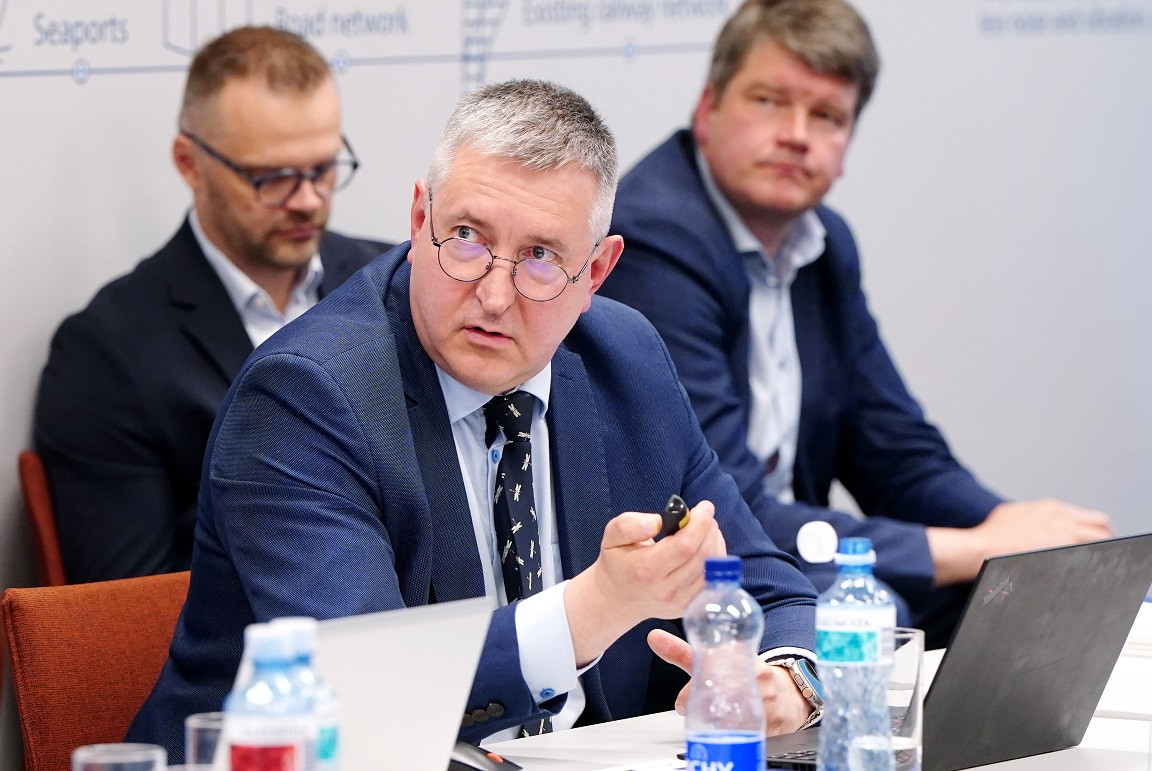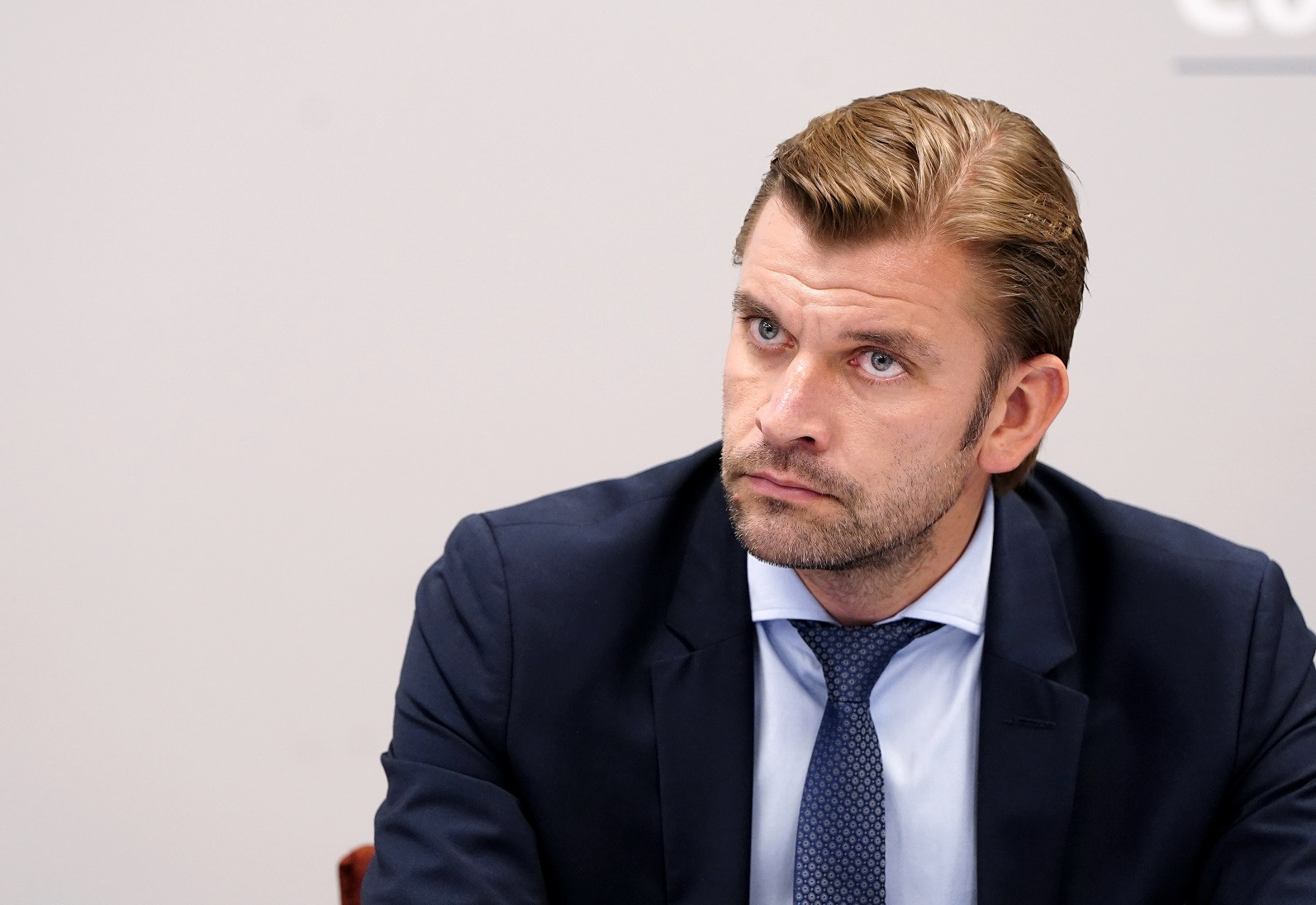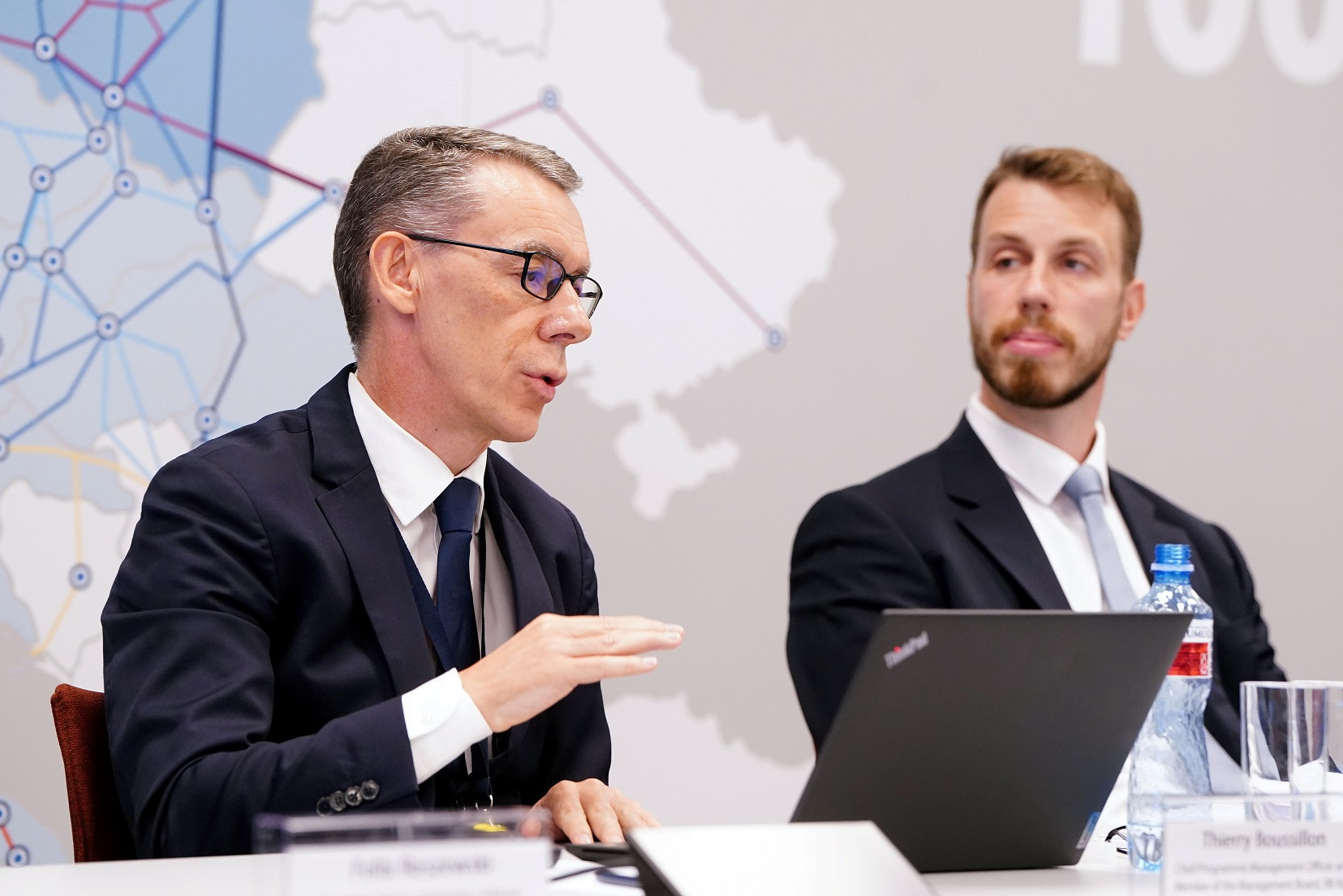- Rail Baltica is expected to generate GDP growth from 0,5 to 0,7% contributing 15.5 to 23.5 billion EUR to GDP of the Baltic states;
- Considering the inflation rate of 40% in the Baltic States from the initial 2017 CBA estimate to 2022 prices, the first phase of Rail Baltica will cost 15.3 billion EUR;
- The project is prepared to complete an operational Rail Baltica connection by 2030;
- Rail Baltica is essential to sustainable transport connectivity to the rest EU, security, and resilience of the Baltic region.
- All those involved in Rail Baltica construction continue cooperation seeking to find and implement optimum solutions for completing this rail connection most cost-efficiently, meeting all agreed interoperability parameters, and in the shortest possible timeframe.
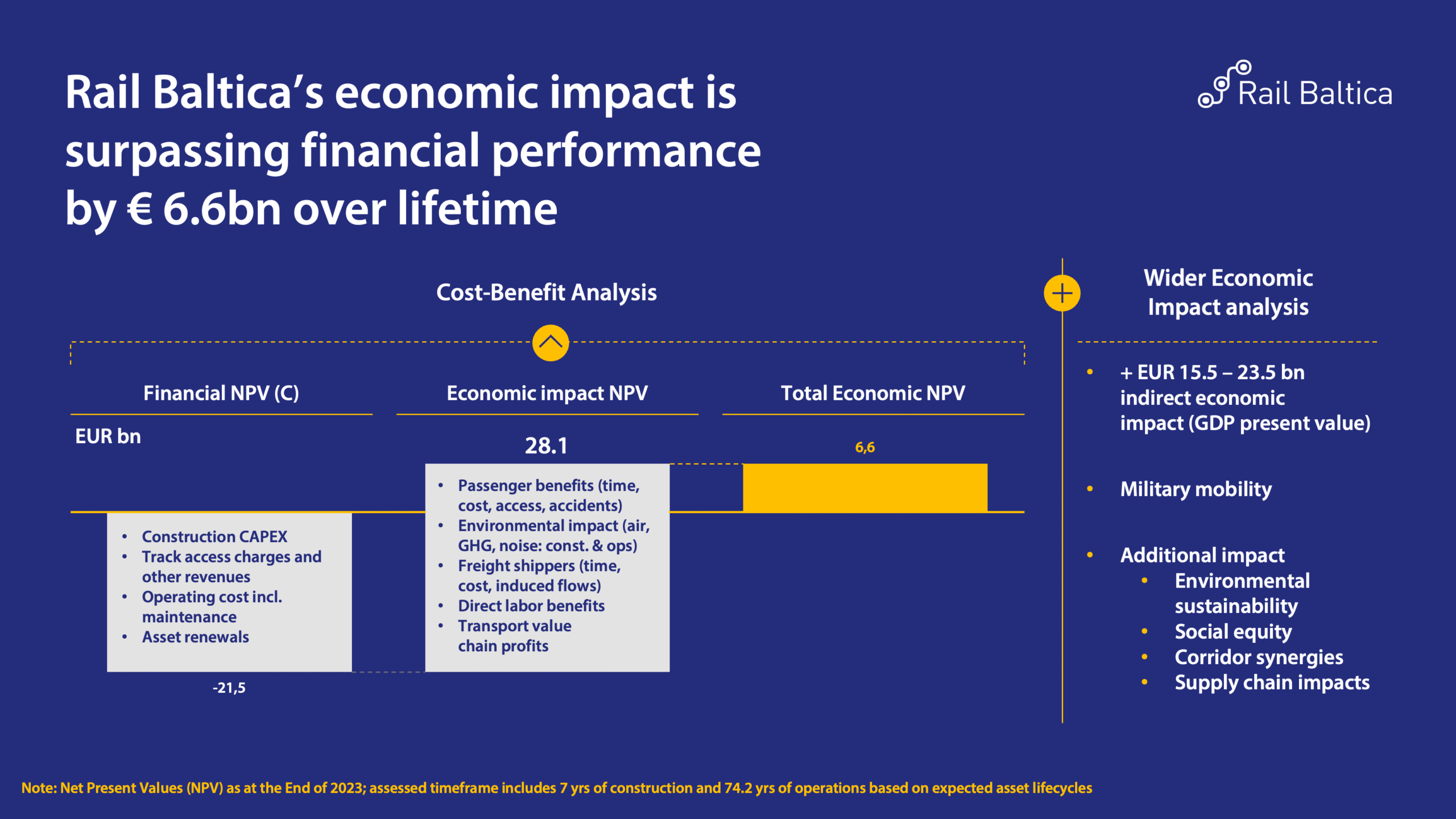
The findings of the updated Cost-Benefit Analysis suggest that Rail Baltica is economically viable and expected to generate GDP growth from 0,5 to 0,7% contributing 15.5 to 23.5 billion EUR to GDP of the Baltic states, which is considered indirect benefits, and it will also additionally have a direct economic net benefits value of 6.6 billion EUR. The related broader economic benefits include military mobility, environmental sustainability, social equality, corridor synergies, and supply chain impacts.
The project has undergone significant evolution since its previous cost-benefit analysis in 2017, influenced by both external and internal factors. The implementation cost of the first project phase, which aims to build an operational Rail Baltica line across the three Baltic states connecting to Poland by 2030, is estimated to reach 15.3 billion EUR.
The Rail Baltica Cost-Benefit Analysis values from 2017 were adjusted for inflation between 2017 and 2022, considering an inflation rate of 40% in the Baltic States during this period. The rise in cost is also attributed to the following factors: 31% of the increase resulted from higher cost predictions due to scope project increase between 2017 and 2023, which included additional regional mobility connections, changes in technical standards according to unified design guidelines, and enhancements in safety and performance. 51% of the increase was due to more accurate data for costs due to design advancement from value engineering level to master design.18% was due to additional external requirements and factors such as third-party requirements, various institutional technical regulations, interoperability technical specifications, and other changes. Taking 40% inflation into account, the cost drivers would respectively add 19% for scope changes, 30% for contingencies and design advancement, and 11% for additional external requirements.
According to the Cost-Benefit Analysis study, Rail Baltica’s cost is estimated at 26 million EUR per kilometer. Studies have shown that for similar high-speed rail projects in Europe, the average cost per kilometer is 24 million EUR and might reach up to 35 million EUR per kilometer.
The key findings of the study estimate that passenger transport is expected to generate 80% of Rail Baltica’s benefits, with environmental improvements accounting for 14%, and freight transport contributing 5%. The project will integrate the Baltic region into the European railway network, boosting GDP growth by 0.5-0.7 percentage points annually. Key growth contributors include land value appreciation, tourism, new business development, labor productivity, competitiveness, and urban development. It is estimated that Rail Baltica will handle 51.7 million passenger trips and 10.9 million tons of cargo by 2046.
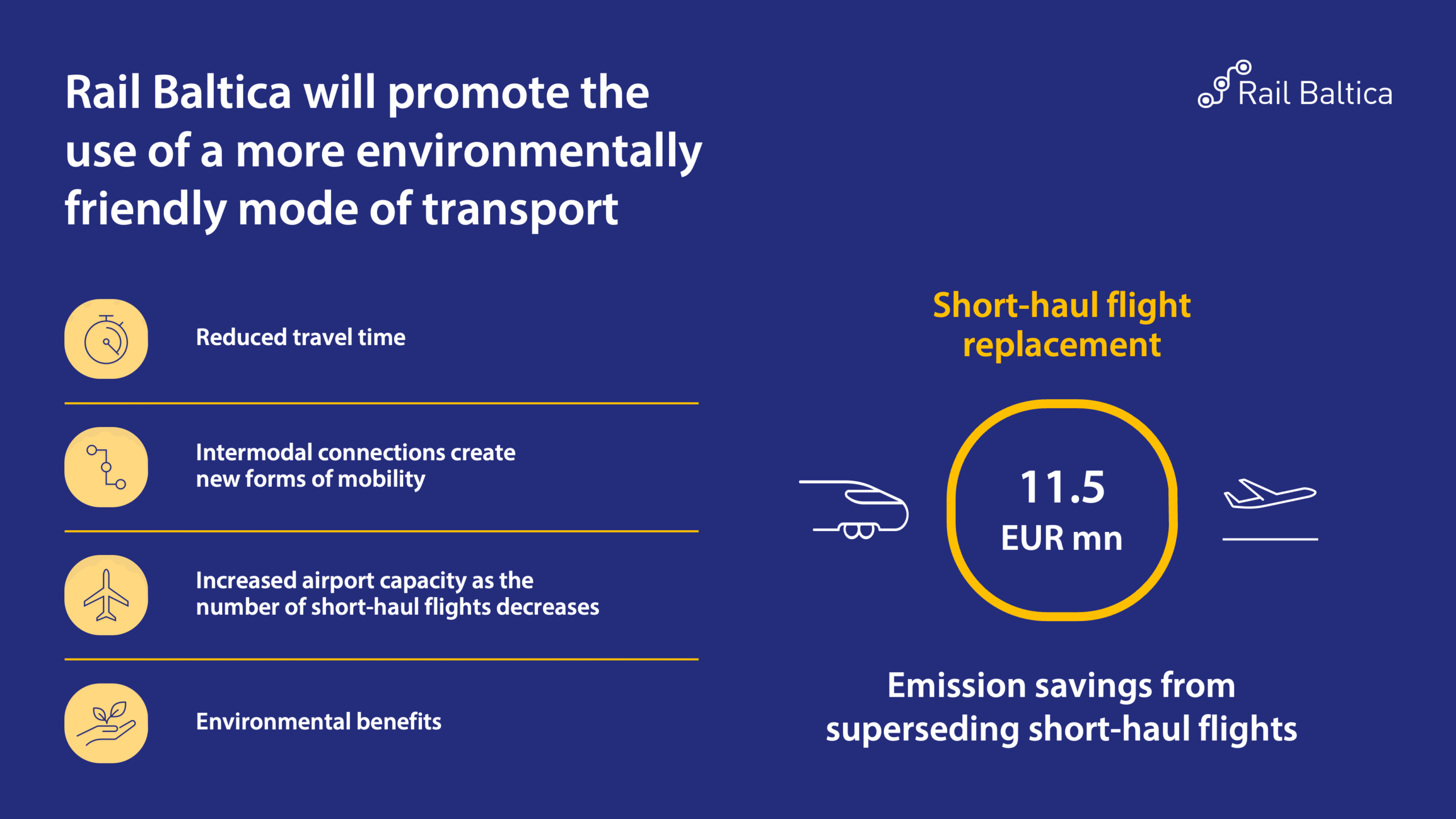
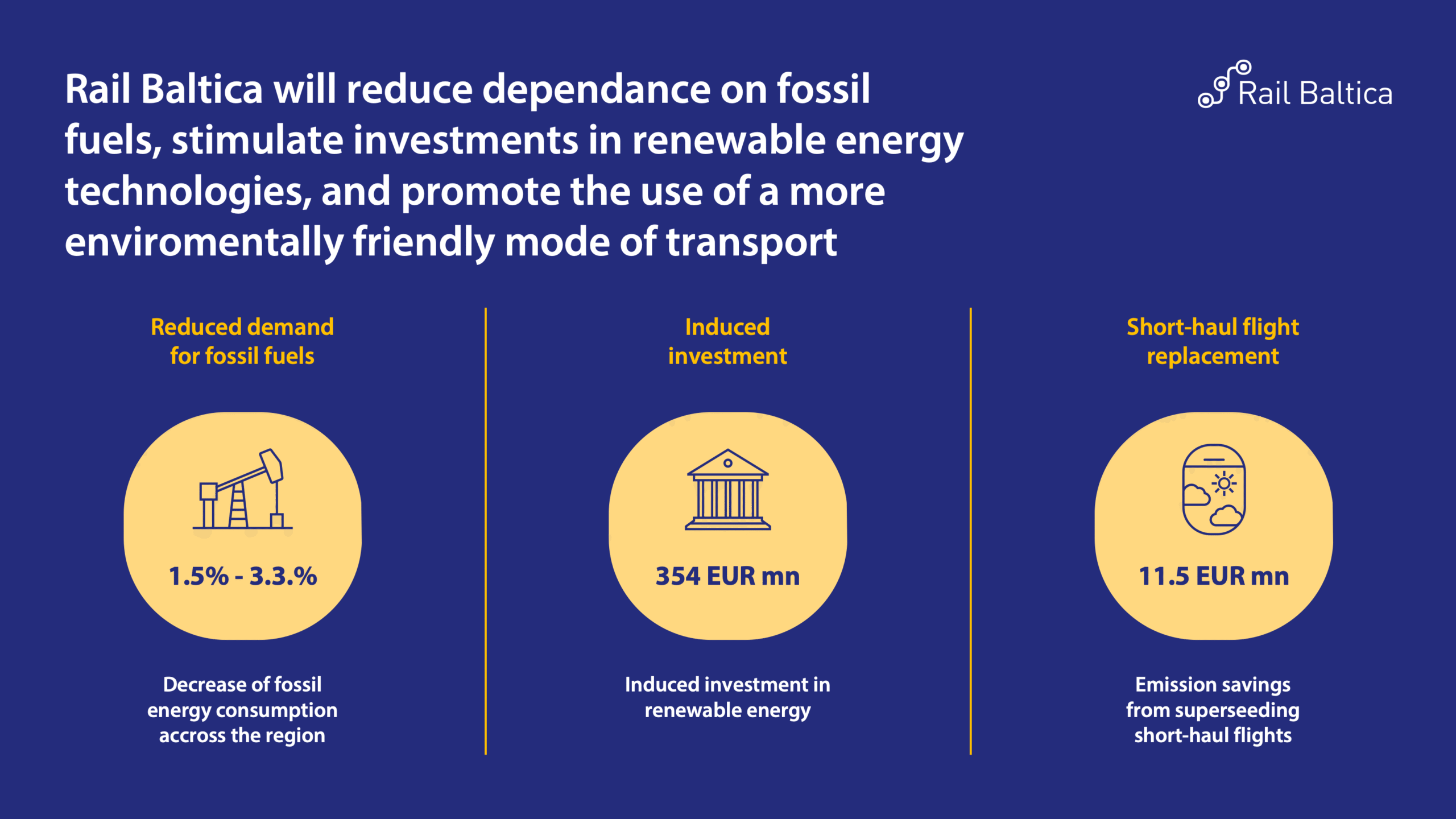
Rail Baltica supports trade flows affected by geopolitical events, such as Russia’s war on Ukraine, and aids Ukraine’s reconstruction. It enhances energy security by shifting from fossil fuels to renewable energy, reducing consumption by 1.5-3.3%, and supporting net-zero emissions by 2050. The project also improves environmental and traffic safety by reducing pollution and accident risks. It promotes economic development and supports EU transport objectives by integrating global supply chains, facilitating goods movement to international markets, and building the resilience of the Baltic region. The project will enhance social equity by providing affordable transportation for 351,000 low-income residents and high-quality rail services for 59,000 passengers with reduced mobility. Rail Baltica enhances regional defense and security by providing EU standard-gauge 1435 mm infrastructure for passengers, freight, and military mobility. It improves military logistics, increases traffic infrastructure capacity, and ensures compatibility with the 1435 mm railway network.
Achieving the full Rail Baltica project scope is essential for delivering wider socio-economic benefits at the EU, Baltic, and national levels. However, it is recognized that phasing the Rail Baltica global project delivery until 2030 and beyond requires setting priorities in project implementation. The first phase is planned to be completed by 2030, in accordance with the schedule set by the TEN-T Regulation and aims to establish a high-speed line corridor between the Polish border and Tallinn by 2030. This corridor will connect the Polish border with a double-track and proceed north, featuring single-track sections constructed over a double-track embankment in Latvia and Estonia. The first phase is divided into operational sections, each capable of independent service introduction. The second phase of the project, which envisions the implementation of the full project scope after 2030, is subject to the availability of financing and might reach up to 23.8 billion EUR according to estimates. This phase is essential to fully realize the socio-economic potential of the Rail Baltica corridor.
Project progress and financing
Following the successful application to the latest Connecting Europe Facility (CEF) call in 2023, the project has secured a joint financial commitment, with 85% of funding provided by EU funds totaling 2.7 billion EUR, supplemented by state budgets contributing up to 15%. RB Rail AS has applied for over 2 billion EUR in the CEF 10 call at the beginning of 2024. EU financing beyond these sources will largely depend on negotiations for the next EU budget.
In 2024, the Rail Baltica project has entered its next phase of implementation, with 15% of the Rail Baltica mainline scheduled to be under construction by the end of the year.
- In Estonia, construction of 21 km of the mainline has been initiated, procurements for 50 km are in the finalization stage, and additional procurements for another 30 km are scheduled to be launched in 2024. This would bring the amount of mainline covered by construction contracts up to 102 km in Estonia by the end of the year.
- In Latvia, agreements have been made for the construction of more than 200 km of the mainline, with preparatory works underway in the southern section and the commencement of construction on the first 13 km anticipated in the coming months.
- In Lithuania, construction of 29 km of the mainline is in progress, with plans to extend construction to a 70 km section by year-end. Additionally, public procurement procedures for upper construction on the Kaunas-Lithuania/Latvia border section (168 km) are set to commence, along with design and build procurements for separate structure objects on the Kaunas-Lithuania/Poland border section, aimed at expediting construction implementation.
- The two largest procurements, for electrification and for the control-command and signaling system design and construction, are following the overall project’s timeline. Today, over 300 local and international companies from across Europe are contributing to the project development.
The project’s budget increase prompts a search for extra financing, previously reliant on EU funds and national budgets. Amidst this, RB Rail AS, together with the project parties, is exploring other alternative funding strategies and sources. All those involved in Rail Baltica construction continue cooperation seeking to find and implement optimum solutions for completing this rail connection most cost-efficiently, meeting all agreed interoperability parameters, and in the shortest possible timeframe. The cost-benefit analysis was conducted by the Rail Baltica joint venture, RB Rail AS, in cooperation with external international consultants.
